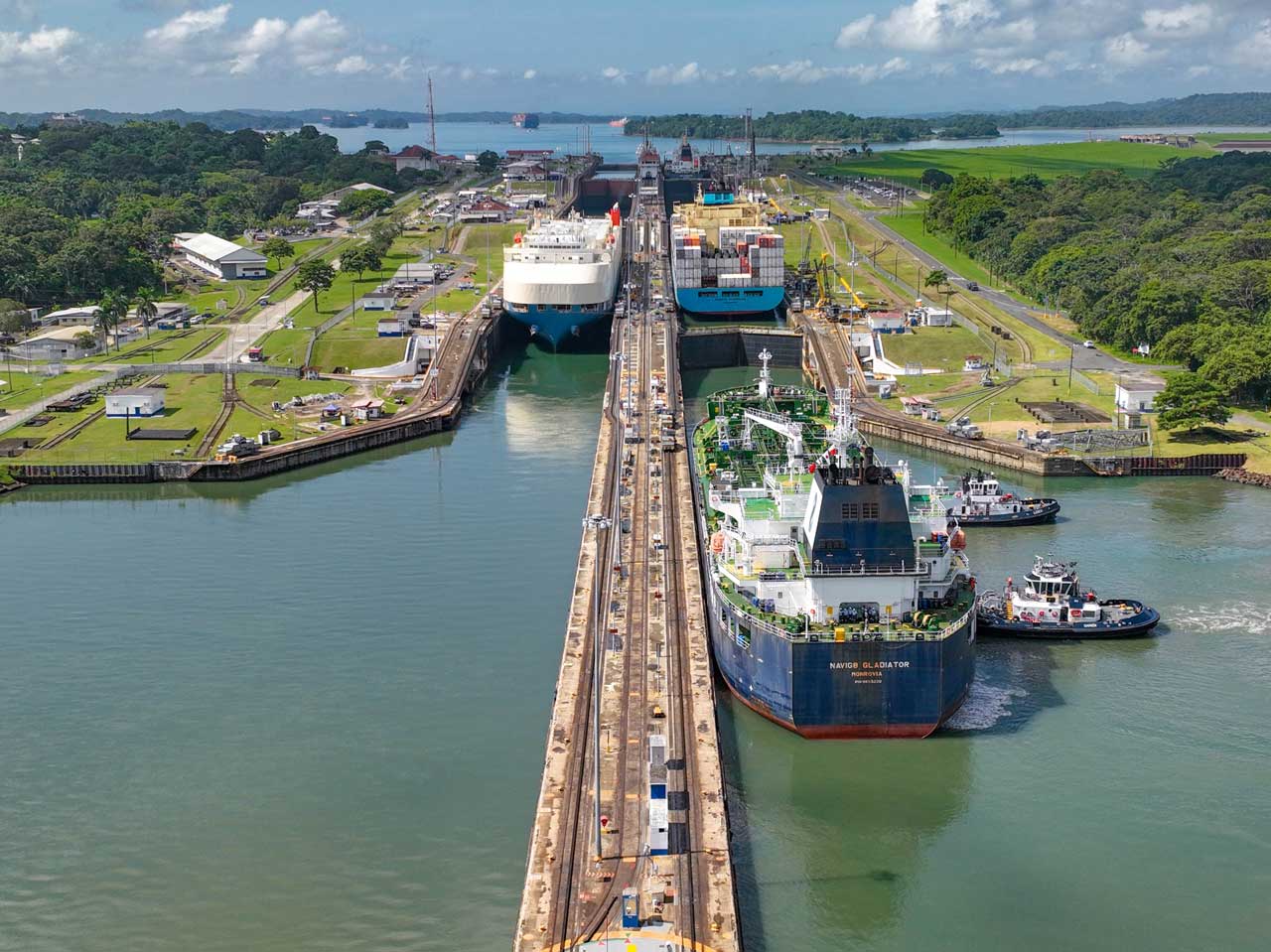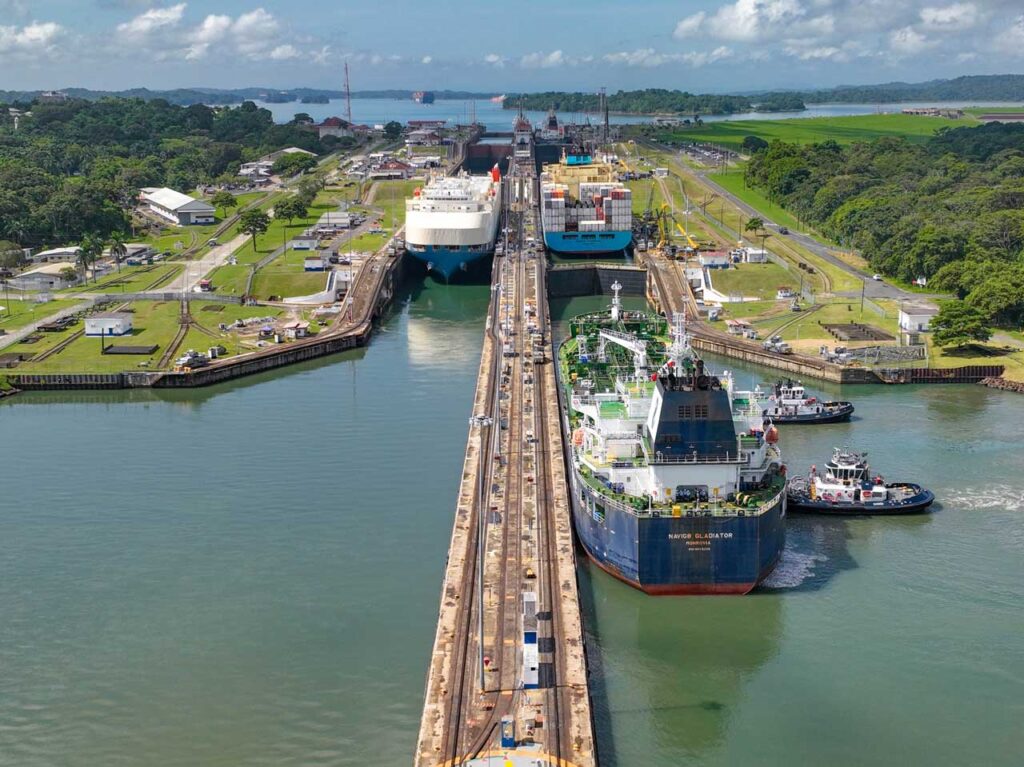get these nets
Veteran
Severe drought in Panama hits global shipping industry

08/14/23
A severe drought in Panama is leading to unusually long delays and tough restrictions along one of the world’s most important trade routes, illustrating the challenge climate change poses to global commerce. High temperatures and one of the driest years on record have led authorities in the Central American country, which is usually one of the world’s wettest, to lower the number of crossings and bar ships with heavy loads from using the Panama Canal.
The restrictions — rare during Panama’s wet season, which lasts from May to December — have led big carriers including German group Hapag-Lloyd to announce surcharges for routes that rely on the gateway between the Atlantic and Pacific. While lower demand for goods exports has lessened the impact, vessels with loads still light enough to use it are facing extended waits of more than two weeks. “The Panama Canal is really the wild card in the container shipping market right now,” said Peter Sand, chief analyst at Xeneta. “Shippers should consider their options and manage their risks as Panama congestion is on the rise.”
More than 3 per cent of world trade by volume, including liquid gas from the US and soft fruits from South America, passes through the nearly 110-year-old canal, which also provides essential income for Central America’s richest country per head of population.

The Panama Canal is the only big maritime route dependent on freshwater, with more than 50mn gallons needed for each ship to cross. The canal’s locks rely on reservoirs. But the first half of the year was the second driest in almost a century in the canal’s watershed, according to the Smithsonian Tropical Research Institute. The drought led Panama to declare an environmental state of emergency in May. The lack of water pushed the Panama Canal Authority, or ACP, to toughen restrictions and in May it imposed a depth limit of 44 feet on the largest ships, capping the amount of cargo they can carry. From the end of July it also limited daily crossings to 32, down from an average of 36.











